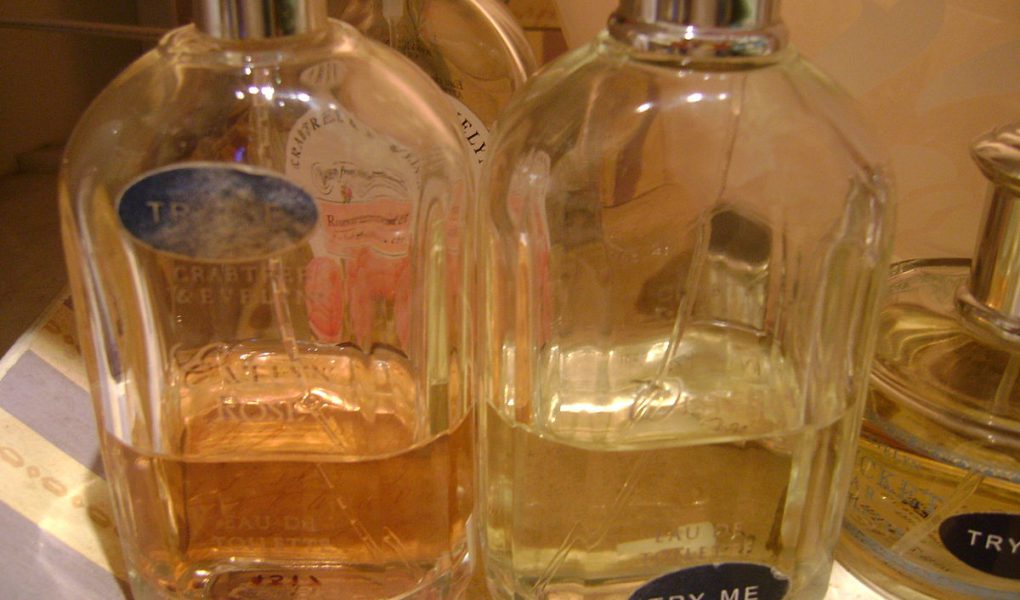Eau de Toilette (EDT)
Eau de toilettes have a lower concentration of perfume oils, usually 5 to 15 percent, and are made to have a lighter wear on the skin, not necessarily lasting until the end of the evening. Some posit that eau de toilettes are made for daytime wear while eau de parfums are made for nighttime, but with all things in beauty, it is all about what you prefer. When in doubt, do whatever you want.
Although many successful fragrances start off as eau de parfums and are then released in lighter, eau de toilette versions, they may not always share the same notes as their parfum counterparts. Some of the heavier notes, like woods and patchouli, can be removed to make the fragrance lighter; others, like florals or citrus, may be added to boost effervescence.
Some suggest switching your fragrance after the eau de toilette fades away completely. But even though the oils seem to have faded, they typically reignite when they come in contact with moisture. Do you ever smell your fragrance again when you wash your hands or get caught in the rain? If you are still going to spray another scent, make sure it is complementary, as the new scent might breathe new life into the older one.
Eau de toilettes are usually sold in spray bottles. The lightness of it makes it more suitable to spray more liberally. The high alcohol content means it will not last very long. Generally, this version is the most advisable to use day to day, as it is less intense, and even if you do use too much it will lighten up fairly quickly.
